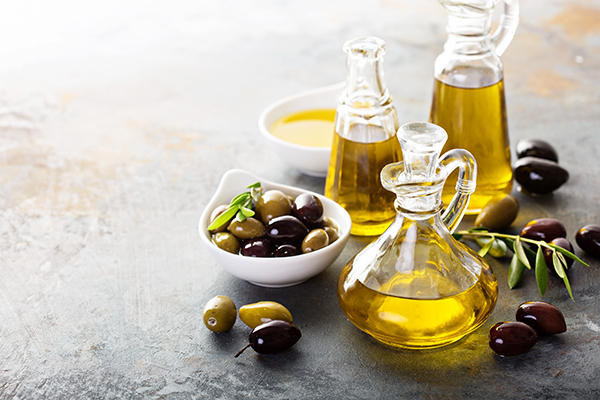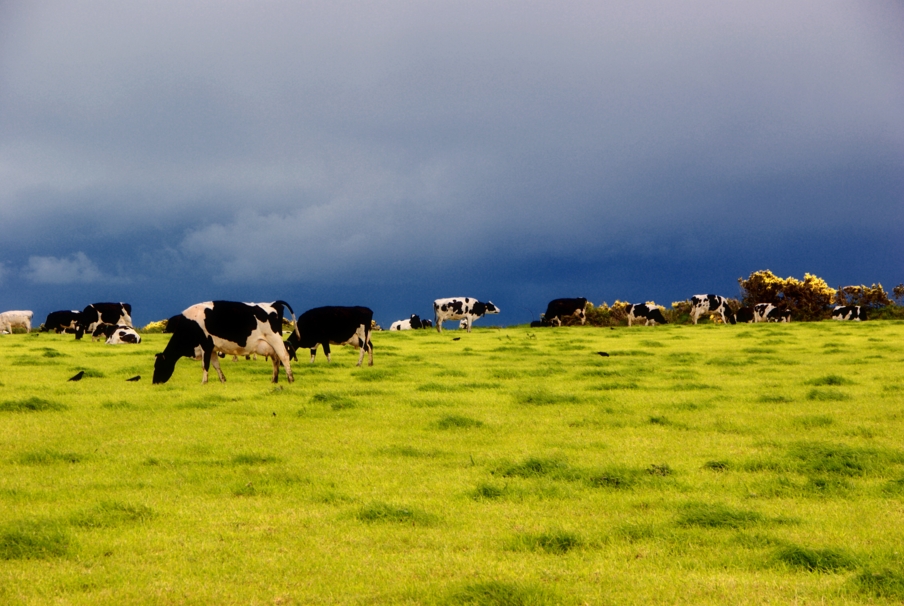Spain’s ongoing DROUGHT pushes global olive oil prices to 26-year high
05/08/2023 / By Ramon Tomey

An ongoing drought in Spain has pushed olive oil prices to record highs, and these prices are expected to stay at that level for some time.
Citing data from the International Monetary Fund, CNBC reported that global prices of olive oil have hit $5,989.80 per metric ton (MT) – the highest in 26 years. Kyle Holland, analyst for oilseeds and vegetable oils at U.K.-based food data provider Mintec, warned that these high prices could stay at that level for an extended period. He attributed this price spike to bad weather in Spain, a major producer and exporter of olive oil.
“The issues contributing to prices trending at near all-time highs are largely poor weather and a severely dry growing period for much of the Mediterranean, but most importantly in Spain,” Holland said. “The exceedingly poor weather conditions meant that … Spain produced an olive oil crop of around 630,000 MTs, down from the usual 1.4 to 1.5 million MTs harvest.”
“There could be a similar or even lower crop than the one produced in the season prior, according to market players – who are also saying that prices could be at the current levels for some time to come.”
Olive trees grow in warm and dry climates, and the optimal temperature ranges from 60 to 80 F. But olive harvests dwindled by 50 percent than the usual amount as a result of “exceedingly poor” weather conditions. This subsequently tightened global supply and pushed prices upward.
Spain’s Ministry of Ecological Transition said the country had a bout of “very dry” weather in March, recording just 36 percent of its average monthly rainfall. Prior to this, the country experienced three straight years of below-average rainfall. The upcoming olive harvest could face an even worse yield if the trend continues. (Related: Drought COMPLETELY dries up largest permanent lagoon in Spain’s Andalucia region.)

Not just the weather: Demand also pushing olive oil prices up
David Valmorbida, president of the Australian Olive Oil Association (AOOA), told CNBC: “It appears the ongoing drought in Europe, most importantly in the largest olive oil-producing region of Spain, has caused a global supply shortage of olive oil.”
Aside from the drought, he cited increased demand as the main reason for the higher prices of olive oil. Since the onset of the Wuhan coronavirus (COVID-19) pandemic in 2020, people have been cooking and eating at home more often. The shortage of sunflower oil following the Russia-Ukraine war in February 2022 was also another major factor.
“The outbreak of war in Ukraine, which created a global shortage in sunflower oil, pushed up the demand for olive oil even more,” Valmorbida said.
The AOOA president pointed out that consumers changing their habits regarding olive oil use could ease some of the pressure. He remarked: “[They] have already started to reduce consumption of olive oil substantially. [First,] by being less generous in usage. [Second,] by switching to vegetable [oils], seed oils or various oil blends.
Valmorbida nevertheless maintained that a base demand for olive oil – widely considered a healthy and natural product – will “remain at almost any price.” He continued: “[Even] without an increase in rainfall, we could continue to see historically elevated prices at or above €5 [$5.50] per kilogram through into the 2023/2024 harvest year.”
One exchange on social media highlighted the conundrum about olive oil. Spanish-American chef Jose Andres recommended in a tweet that eggs should be fried in an olive oil a finger deep. One user however remarked: “Olive oil can be expensive at a finger deep. What’s an alternative for those of us on a budget?”
Another user replied to Andres’ tweet, using the opportunity to lament the higher prices of olive oil at supermarket chain Aldi. The user said: “Aldi olive oil spread used to [be] £0.99 ($1.25). It’s now £1.29 ($1.63), plus lots of the basic ranges have disappeared. Even Aldi is expensive now.”
Watch this video about extreme drought hitting Colorado, the same issue affecting Spain and the prices of olive oil.
This video is from the ZGoldenReport channel on Brighteon.com.
More related stories:
Europe braces for food shortages due to Ukraine-Russia conflict.
Price of wheat soars to record high as war between Russia and Ukraine continues.
Global food shortages about to become much worse as Ukraine halts all exports of commodities.
Europe faces sunflower oil shortage as Russian attacks on Ukraine continue to disrupt food supply.
Sources include:
Submit a correction >>
Tagged Under:
agriculture, Climate, Collapse, crop collapse, crops, Drought, environment, food collapse, food inflation, food prices, food scarcity, food supply, grocery, harvest, increased demand, inflation, olive oil, products, rationing, Spain, supply chain, weather
This article may contain statements that reflect the opinion of the author




















